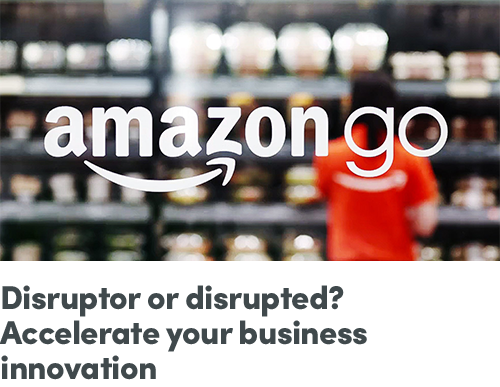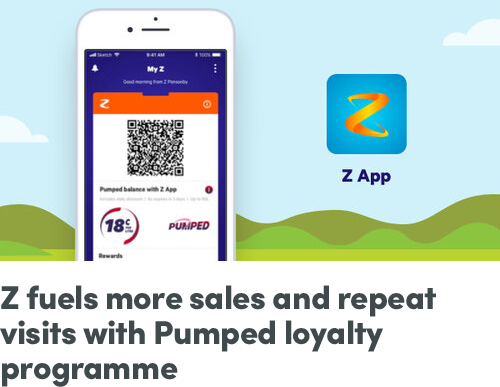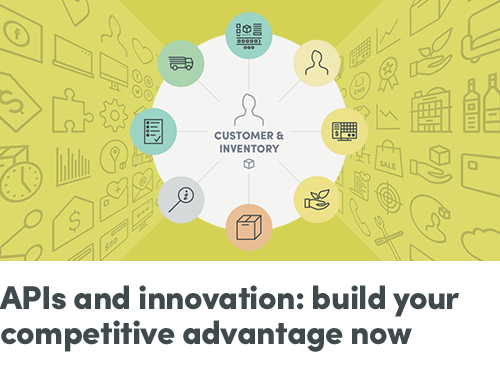Watch our Head of Delivery, Greg Cantlon, explain how we quickly innovate and introduce new products for our clients, while ensuring high quality.
To ensure that our Infinity unified commerce platform supports retailers and brands to provide frictionless shopping experiences, we developed an API- and design-first approach to our product development.
This helps us to quickly adapt to changing market demands and shifting consumer expectations, and deliver higher quality products with valuable features, faster.
In this webinar our Head of Delivery, Greg Cantlon, describes our development journey and shares how adopting Smartbear tools has enabled us to:
Automate UI testing and shorten our regression cycles from days to just hours using TestComplete, helping to ensure a seamless customer experience
Adopt a design-first approach with SwaggerHub to provide clear API documentation to consumers
Automate API functional and performance testing to reduce testing cycles with ReadyAPI.














